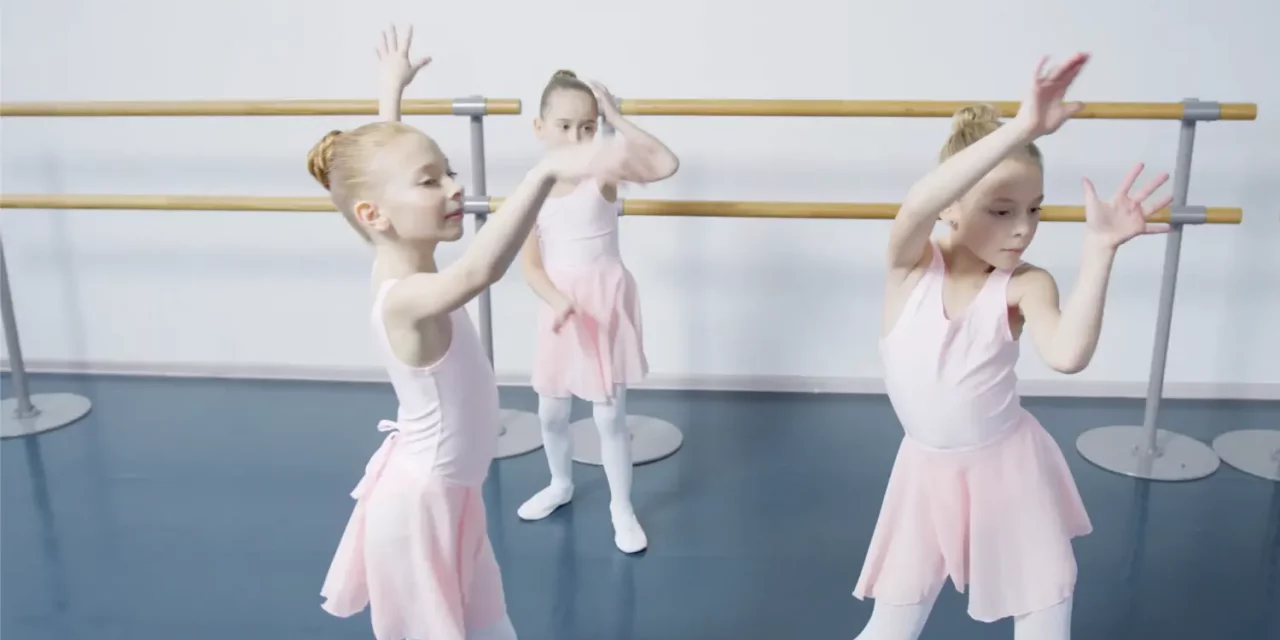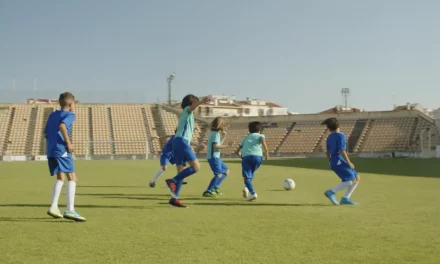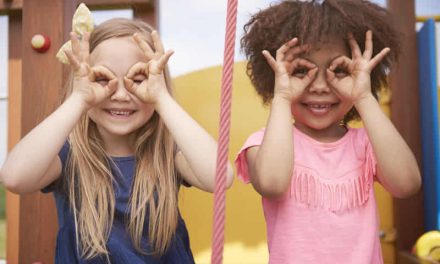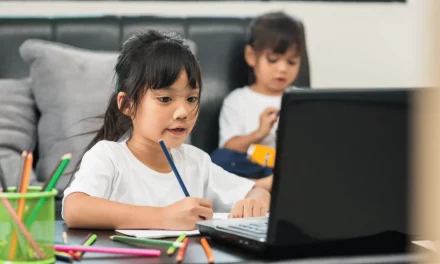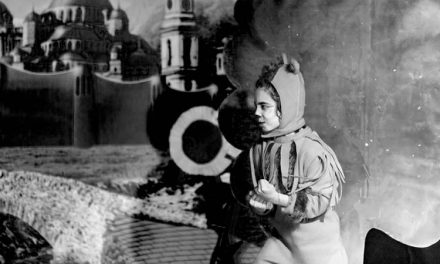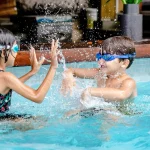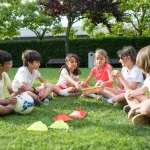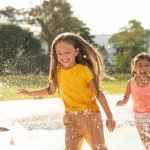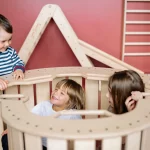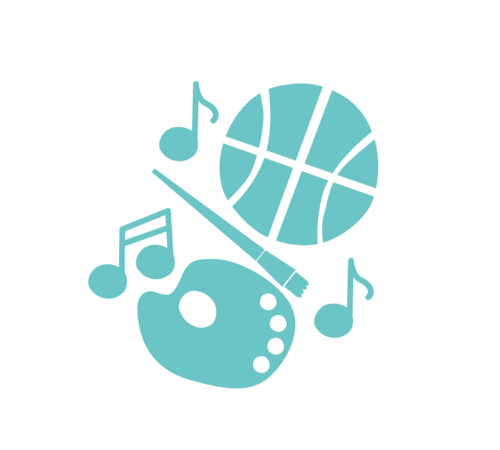From the first movements from the time they are very young, children radiate a unique energy when they move to the rhythm of music. It is incredible, tender and funny to see how, at only a few months old, when they hear a song, they immerse themselves in the melody with great naturalness.
This impulse to dance is an expression of fun, but it is also a gateway to a world of physical, cognitive and emotional benefits. Without realizing it, dancing is a truly healthy and nourishing exercise for both body and mind.
It is essential to encourage dancing in the early stages of life because, unlike adults, children have the ability to give themselves to dance without worry or embarrassment, which allows them to enjoy it to the fullest. Are you ready to discover the countless benefits that dance offers your children? Slide in and fall in love as much as we did.
¿Qué encontrarás aquí?
Benefits of dance for children
Dance offers numerous benefits for children, enhancing their overall development. From a physical level, it helps them improve their motor coordination and body skills, which contributes to a healthier physical development. In addition, dance fosters creativity and allows free bodily expression, thus stimulating their imagination. It also promotes mental and cognitive development, enhancing memory and concentration.
Socially, dance teaches the importance of teamwork, encouraging cooperation and interaction with others. This, in turn, increases their self-esteem and confidence. Finally, dance provides a space for fun and emotional well-being, allowing children to enjoy a playful activity that helps them balance their emotions.
Physical development and motor coordination
Dancing is an excellent form of physical exercise that helps children develop strength, flexibility and endurance. By practicing specific movements and choreography, they improve their motor coordination and balance.
In addition, dancing promotes healthy posture and increased body awareness, which can prevent injuries and improve long-term health.
Dancing strengthens the cardiovascular system, thus contributing to the overall health of children.
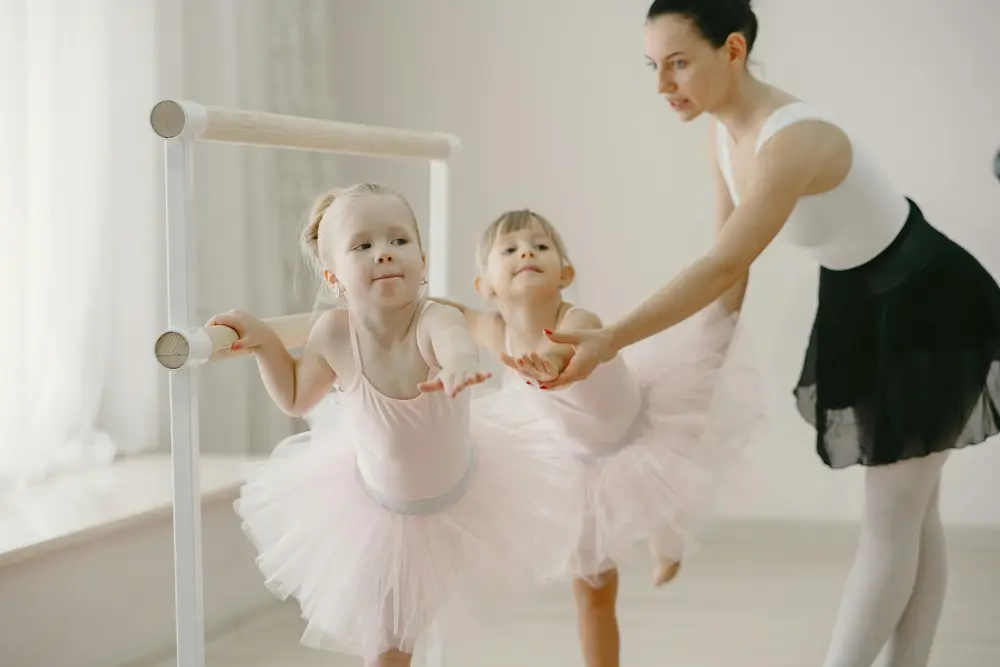
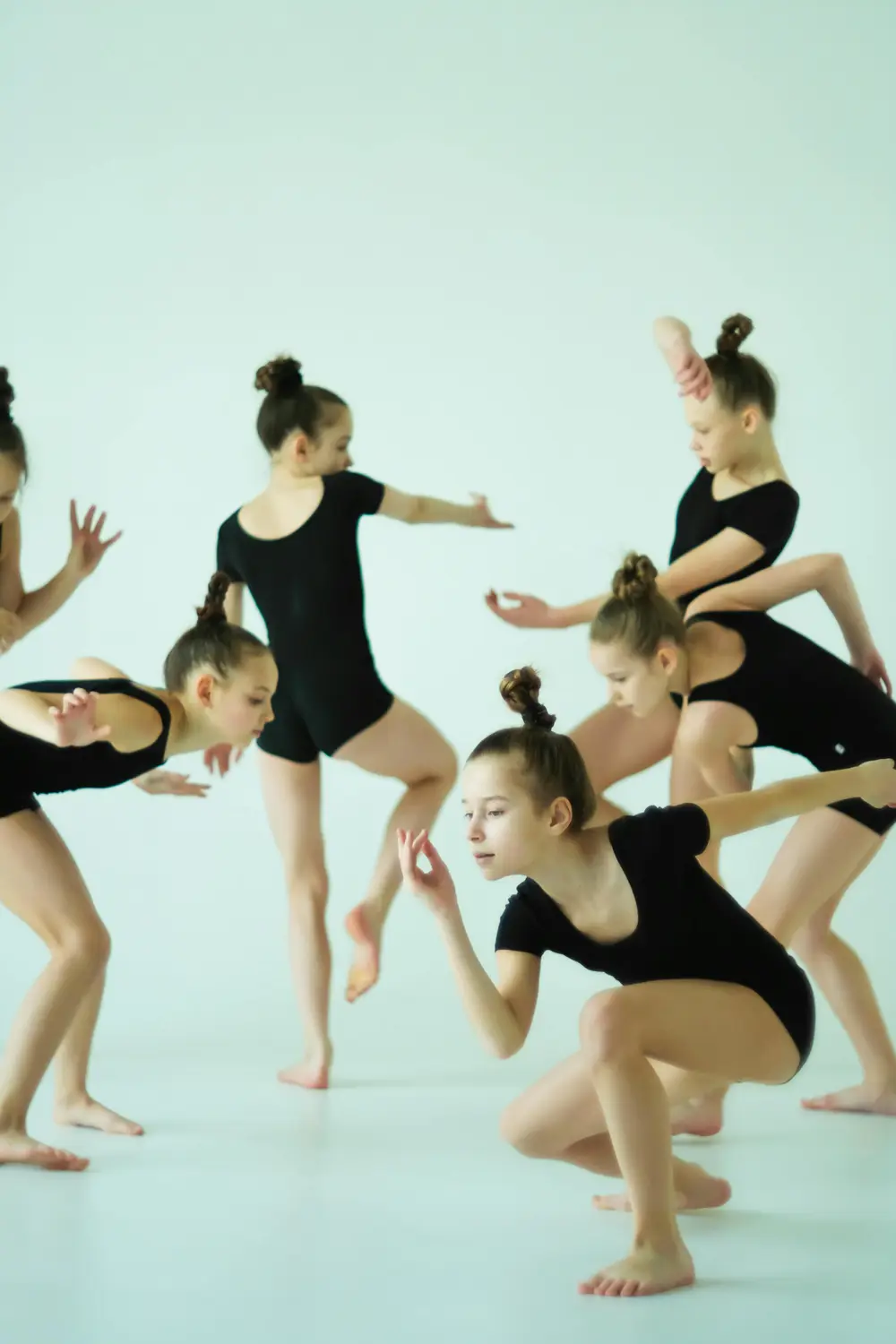
Creative stimulation and corporal expression
Dance, in addition to being a physical activity, is art, and allows children to express their emotions, ideas and personality through movement.
It gives them the opportunity to explore their creativity, experiment with different styles and find their own artistic voice. This freedom of expression fosters self-confidence and teaches them to communicate through their bodies and movements.
Mental and cognitive development
Learning choreography and remembering movements stimulates children’s brains, improving their memory, concentration and problem-solving skills.
Dancing strengthens both short-term and long-term memory, while keeping the rhythm and following the steps develops your concentration.
In addition, facing challenges while dancing, such as remembering complex sequences or adapting to changes in the music, encourages critical thinking and creativity, thus improving their problem-solving skills.
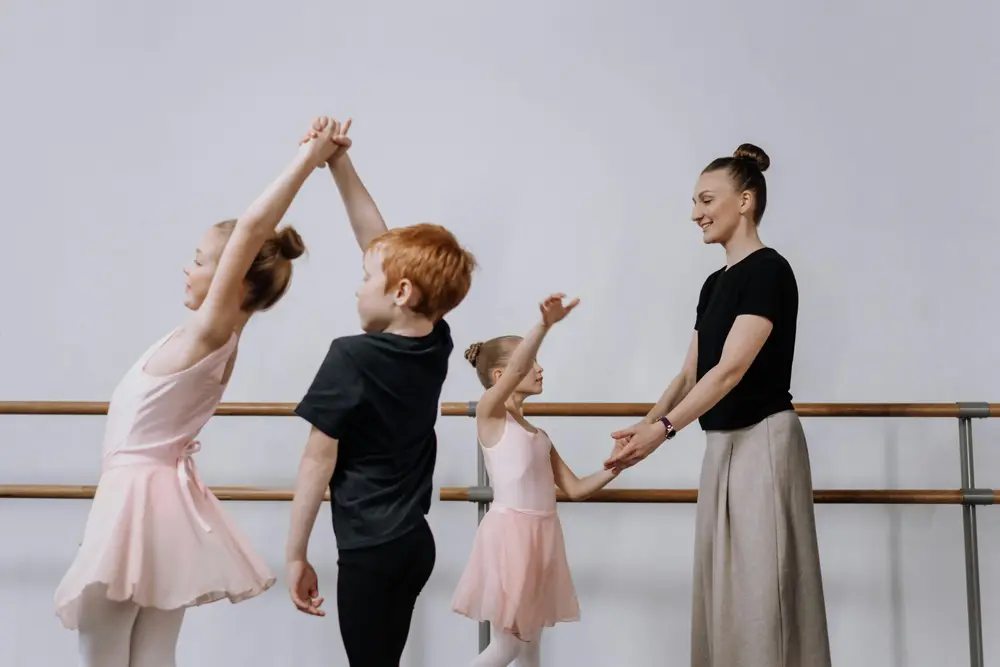
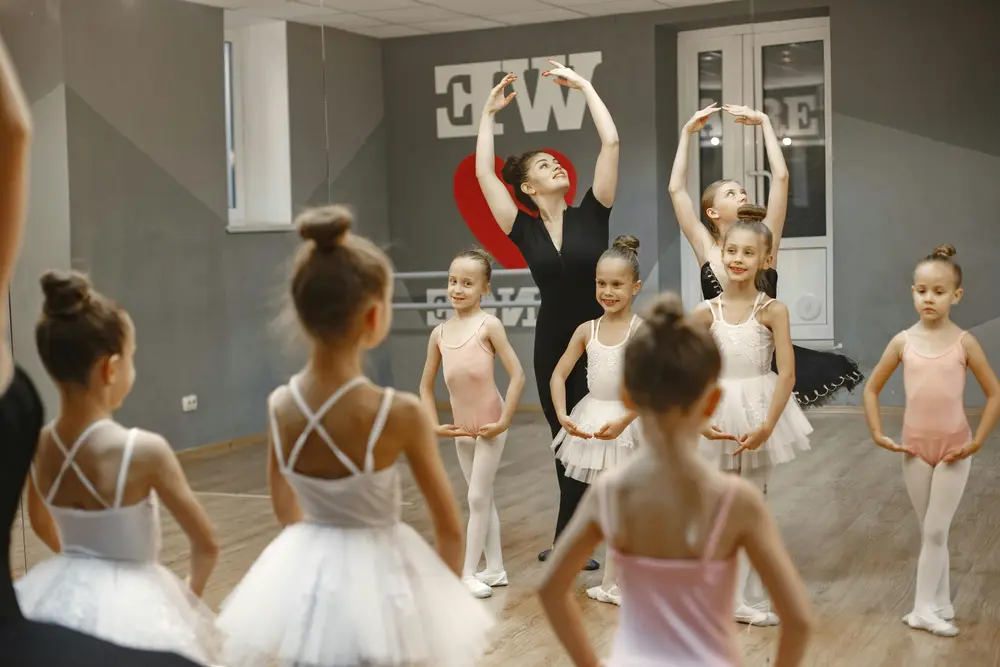
Social development and teamwork
Dance is a social activity that also fosters interaction with other children and youth. By participating in classes, rehearsals and performances, they learn to work as a team, to respect their peers and to collaborate to achieve a common goal.
Dancing with other children also involves trust and coordination. This experience teaches them important social skills, such as empathy, effective communication and conflict resolution, which are fundamental to interpersonal relationships in everyday life.
Improved self-esteem and confidence
Dance offers children the opportunity to overcome challenges, set goals and achieve personal accomplishments. As they master new techniques and perfect their performance, they experience an increase in self-esteem and self-confidence.
In addition, the recognition and support from teachers and peers motivates them to continue to strive and grow as dancers and as people.
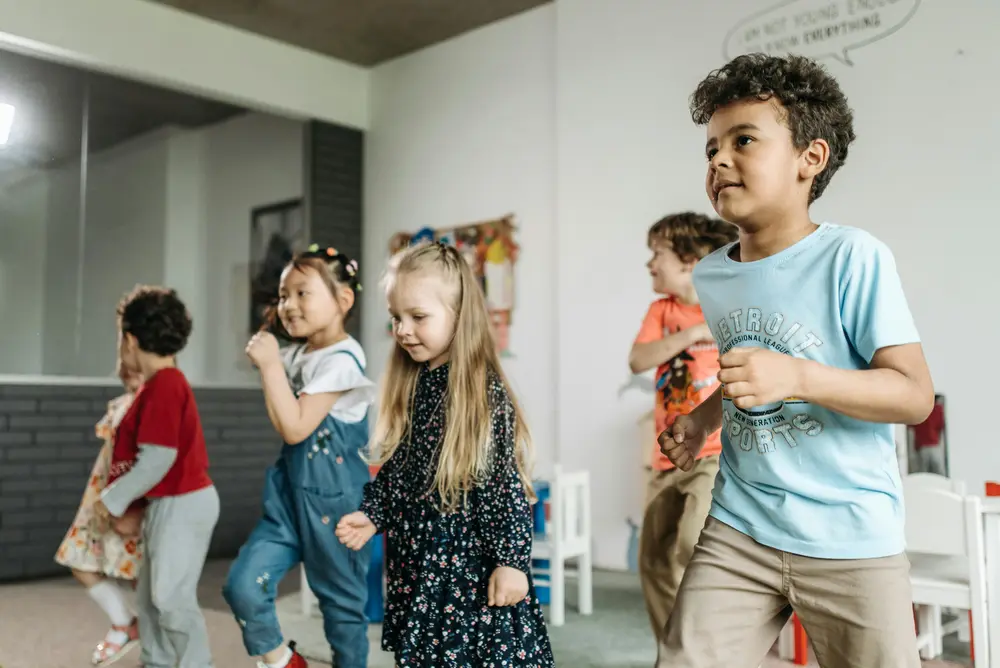
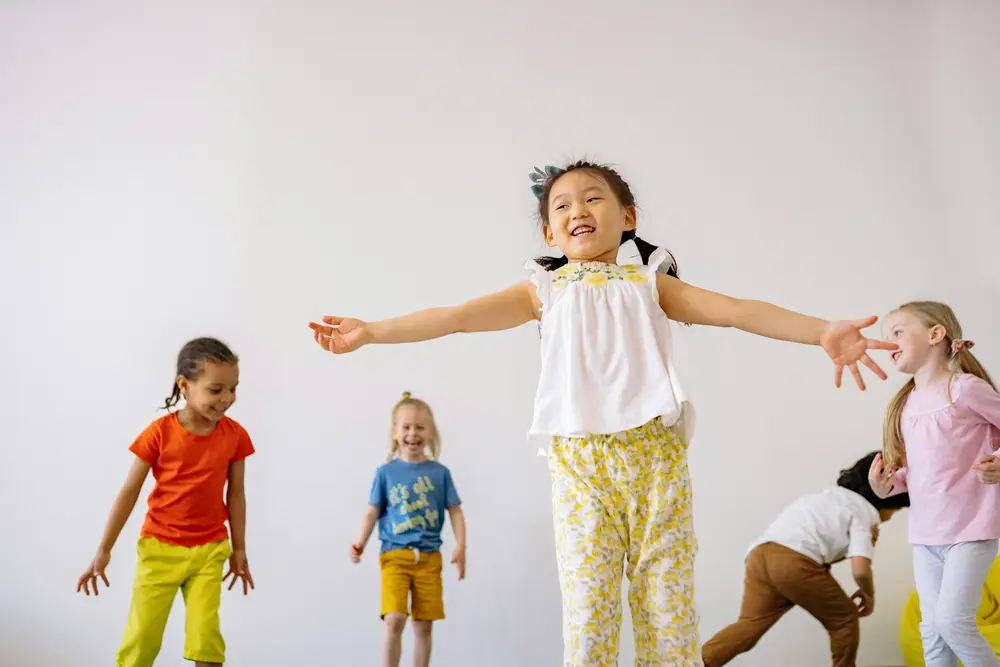
Fun and emotional well-being
Above all, dance is a fun and rewarding activity that brings joy and satisfaction to children and youth.
Dancing allows them to disconnect from daily stress and worries, and immerse themselves in a world of music, movement and emotion.
This enjoyable experience contributes to your overall happiness and promotes a healthy and balanced lifestyle. Even if they do not wish to practice it in a professional, disciplined or formal way, attending isolated classes will generate a unique emotional well-being and will allow them to put into practice all the above-mentioned benefits.
How to immerse your children in dance?
There are several ways to encourage dance in the little ones. From activities they can do at home and share a fun family moment, to classes, extracurricular activities and summer camps. Here are some options and tips for your little one to experience the melodies and movements.
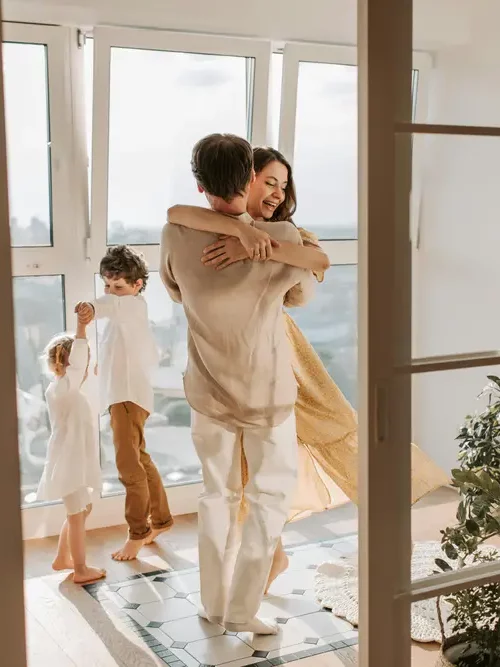
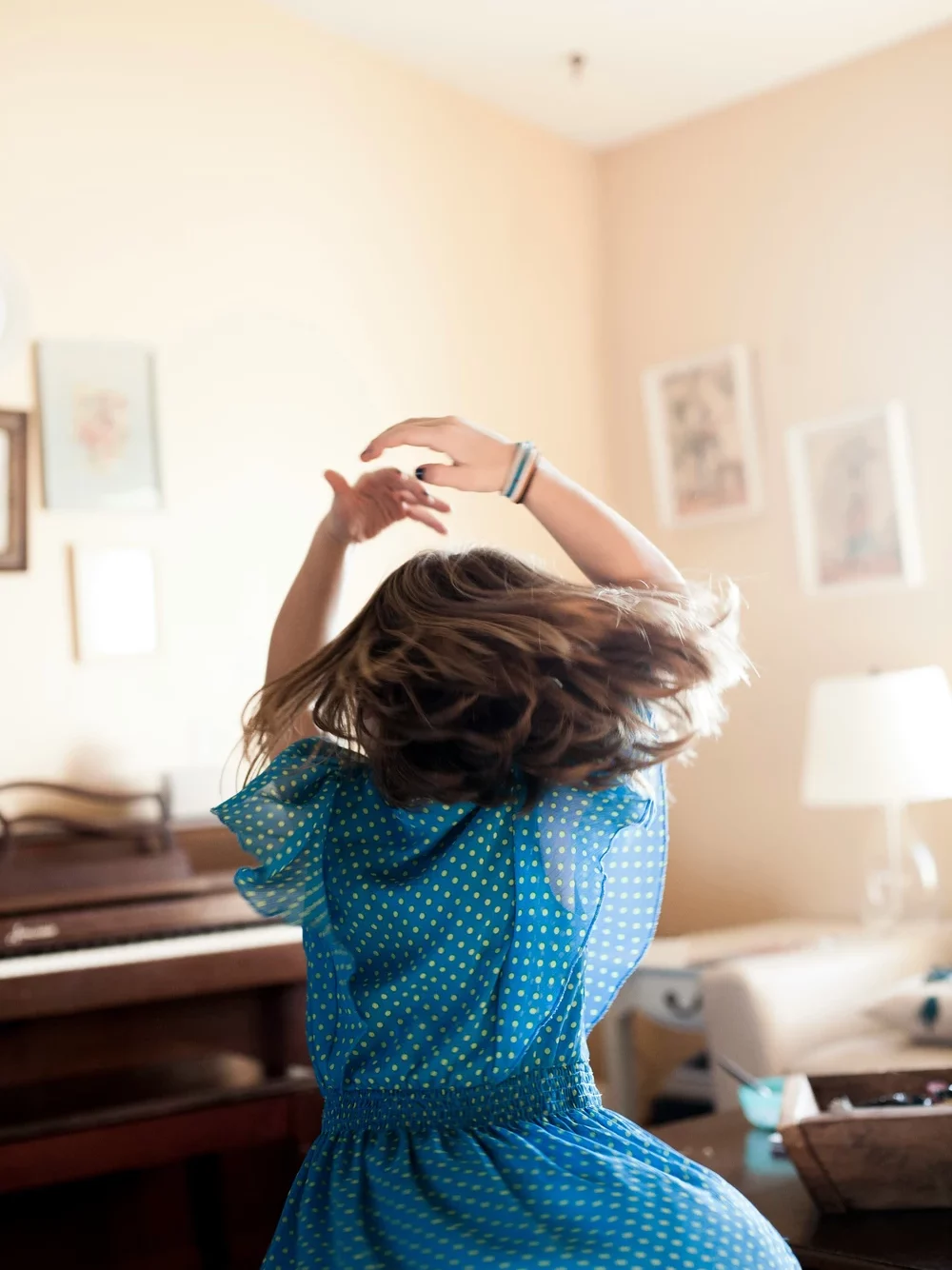
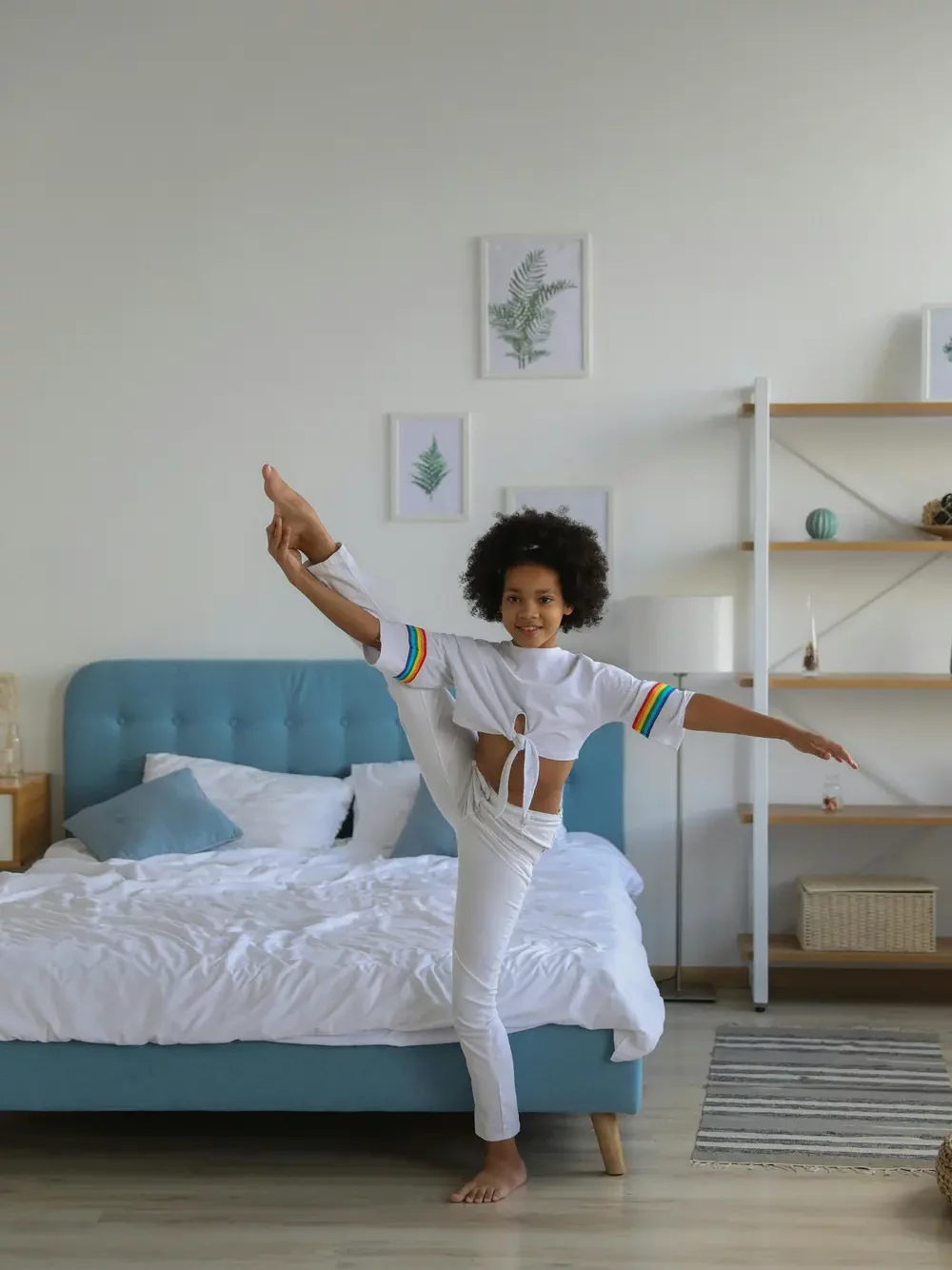
- Music at home: Make sure that at least one moment of the day you create a musical atmosphere in your home. Play different songs and varied rhythms and see how your children react, which one they like best, if they gradually start to move or sing along.
- Dancing as a family: Even though you may be embarrassed or not consider yourself a good dancer, allow yourself to enjoy and free your body. Start moving to the music and dancing, show enthusiasm and invite your children. Dancing at home can be a fun family activity and a way to share and connect through music and movement.
- Games with songs: There are infinite activities and very simple games in which music is the protagonist and invite to dance and move, some ideas: the hoop game, the statue, the chair game.
- Incorporate dancing into the daily routine: Make dancing a daily activity in your home, either by setting up specific times to dance together or by incorporating it into everyday games and activities. This will help dance become a natural and fun part of their lives.
- Classes, workshops and dance camp: Now, if you detect a particular interest in dance on the part of your hijx, you notice that a certain type of music, rhythm and dance arouses more interest, look for classes, extracurricular activities, workshops or even summer camps. This will be a space of exploration, freedom, creativity and fun! You will surely notice a before and after in your little ones. Click here and discover all the options we have to offer at toddl.co.
Best Summer Dance Schools and Camps
At toddl.co we help you find the best places and recommend incredible centers for your children to start enjoying dance this summer.
DanceLab
DanceLab was born in 2018, in the neighborhood of Clot, as a dance and art laboratory, by the hand of Àlex Morales, with whom we had the pleasure to talk.
Since she can remember music has been an essential part of her life, her father has transmitted her his way of understanding life, in the mornings she wakes up with music, she gets in the car and plays music, on trips she plays music, especially folk, rock and Celtic.
At the same time, he describes his mother as “the “bailonga” of the family”, a lover of Latin music, pop, salsa, bachata, merengue. From a very young age Àlex has had music very present, he also accompanied his mother to aerobics and learned choreographies, but always as a hobby, part of the family environment, since he was four years old he has played soccer.
At the age of 15, his parents signed up for dance classes and it was there that Àlex became even more curious, and months later he signed up to dance with his parents. He learned bolero, waltz and started going to dance halls. His great passion, what makes him tick, is Caribbean rhythms, specifically salsa, but also teaching.
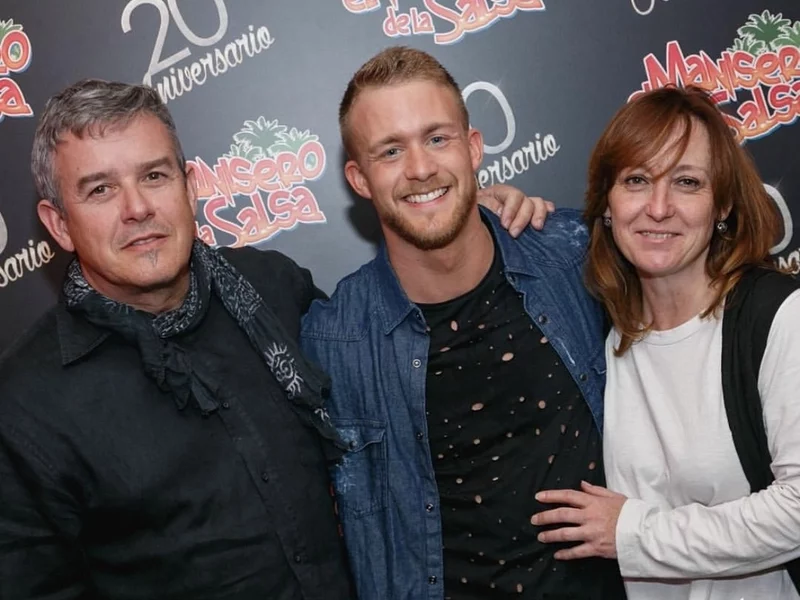
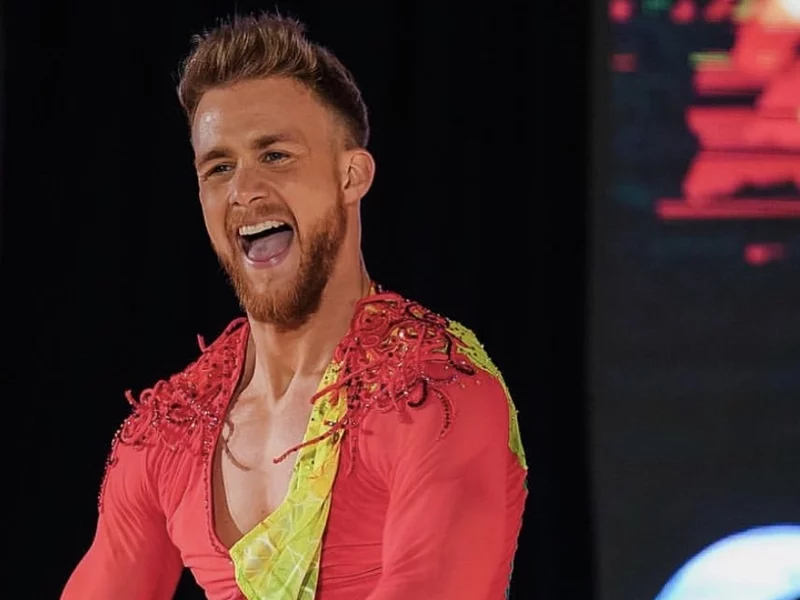
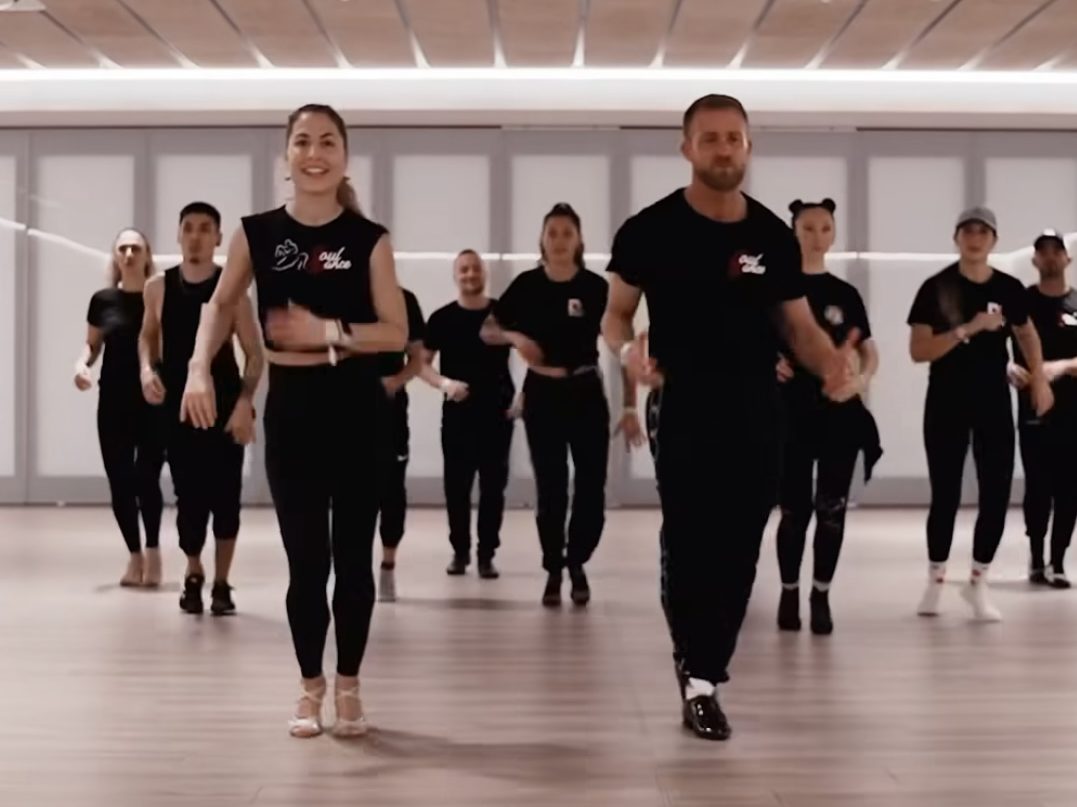
His first connection with teaching was years before, when he was a soccer coach and teacher of remedial classes. Àlex has a degree in Social Education and has also studied Pedagogy. Combining his two passions and his interest in social bonding, he decided to found his first dance company, salsa, in Barcelona.
Thus DanceLab Company was born, the professional body of salsa dancers, of which Àlex is director and choreographer, and a year later the DanceLab School.
While teaching he experienced for the first time the sensation of stepping on stage and describes it as a unique feeling. Àlex has continued to train both in Spain and internationally and began competing.
DanceLab is much more than a dance school, a salsa company and a summer school for the little ones: it is a place to try new things, experiment, create and enjoy, through Àlex’s philosophy that “we live to learn and to play”.
Unlike other dance schools, one of the objectives of DanceLab is the professionalization of Caribbean dances, offering quality training, from the basics and fundamentals, since Àlex detected that in the sector there is still much to do, there are no official qualifications or regulated competitions.
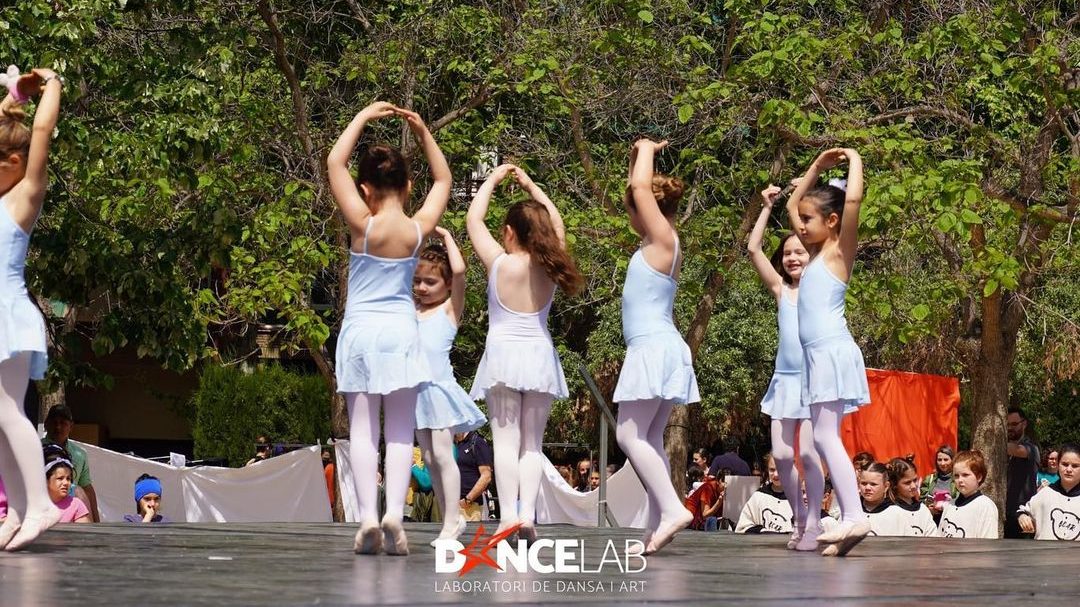
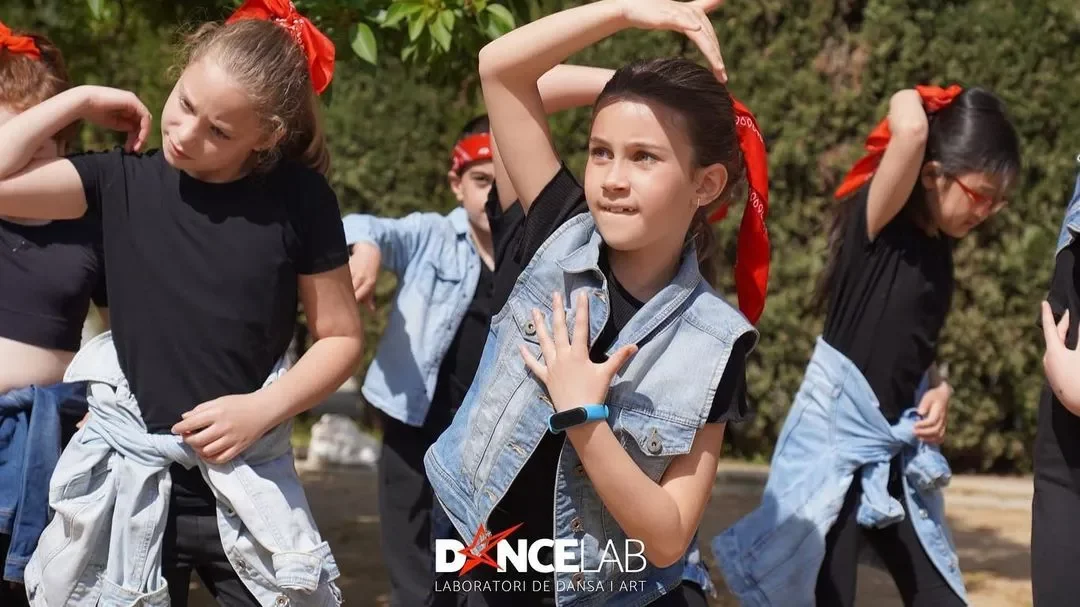
At the same time, DanceLab aims to spread dance both professionally and in a playful way. Focused from children, to young people and adults, inviting them to know their own body, both physical and emotional, through dance. Àlex mentions “it is also a way to interact, in addition to you and the music, with the other, to be able to connect with the other”.
In turn, DanceLab is a family project. Alex is grateful for the support of his family and his wife. In fact, his parents attend DanceLab classes, his brother runs the school and his wife is the artistic director of the dance company and trainer.
Summer Dance Camp
DanceLab has numerous classes and initiatives, and summer is an ideal time to start dabbling in dance. Through their dance camp, they invite children to get to know their own bodies, working and learning to express themselves in a different way, while meeting other children. It also fosters a feeling of togetherness and belonging to a group, to a family.
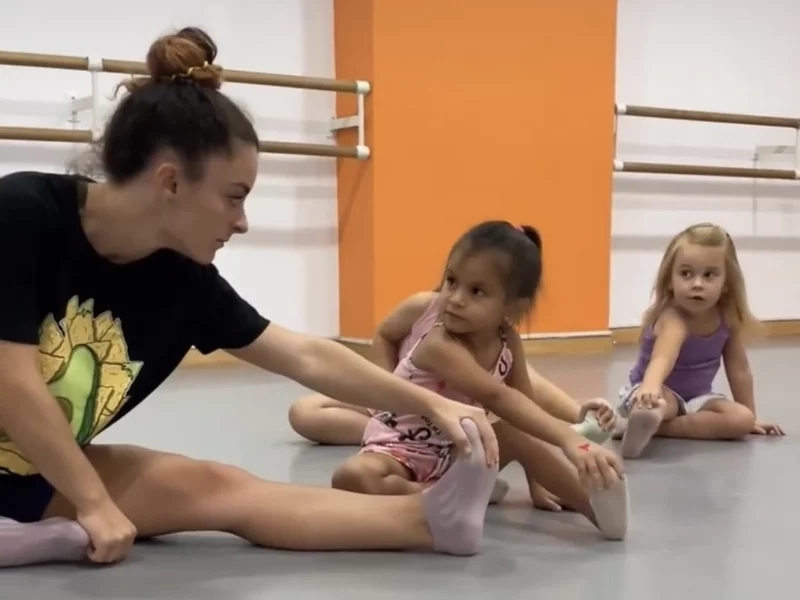
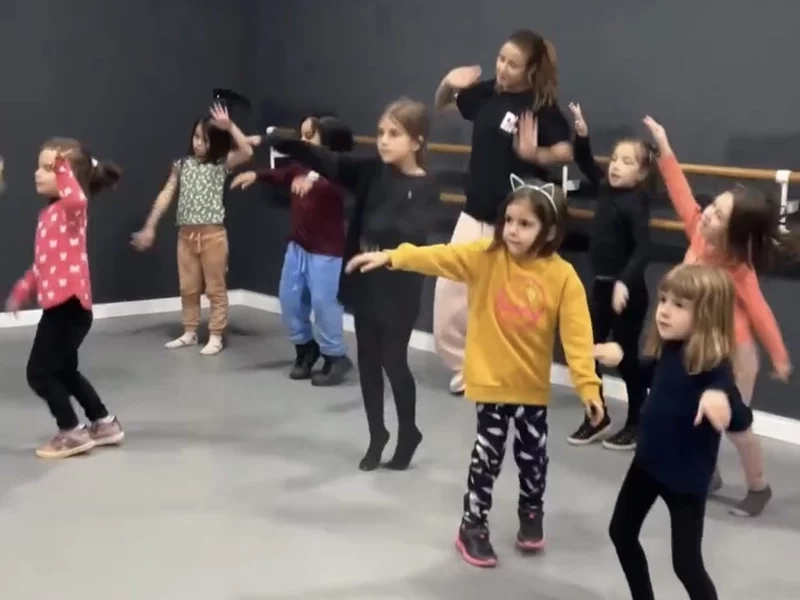
For Alex, music is a passion, it is something necessary, he sees music and dance as a way to express his emotions, to free himself and to know himself: “You simply move with what you feel when the music is playing, and somehow this also helps you to release that feeling you have inside”.
For this reason, he invites everyone to free themselves from prejudices and shame and to move, he says: “In the end, for me, dance or dancing is nothing more than moving, transmitting what you have inside, your emotions and feelings. Now, through technique, through training, through classes, you get more control of your body, more body awareness and therefore get more tools to express yourself better. But that does not mean that, by not dominating your body, you cannot express yourself or you do it badly. In the end the movement is, and it is yours, it does not belong to anyone else”.
Click here to learn more about DanceLab’s activities and sign up your children for the Casal de Verano. A space full of exercise, illusion, friendship and, above all, fun. Not only will they learn new dance styles, they will also have a great time.

